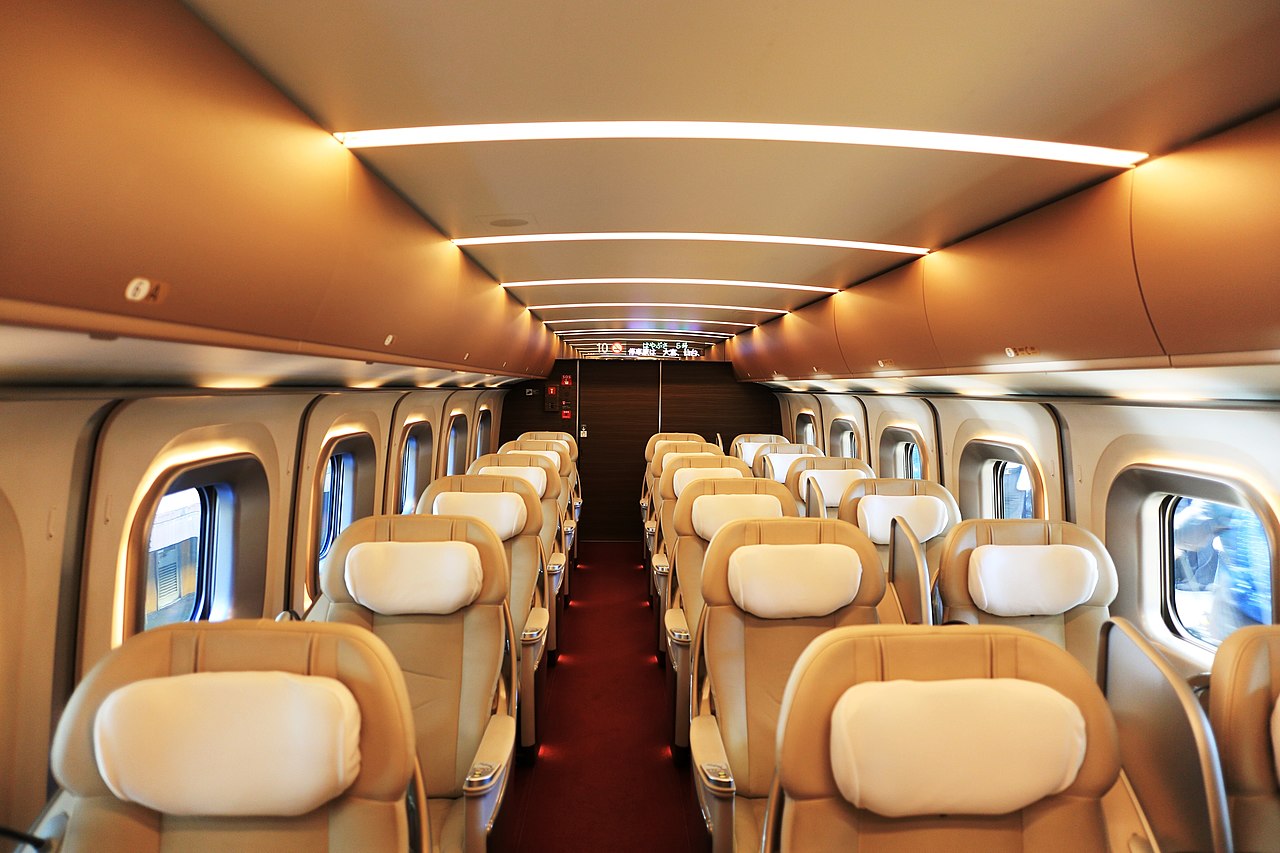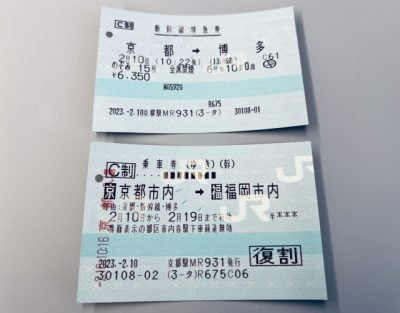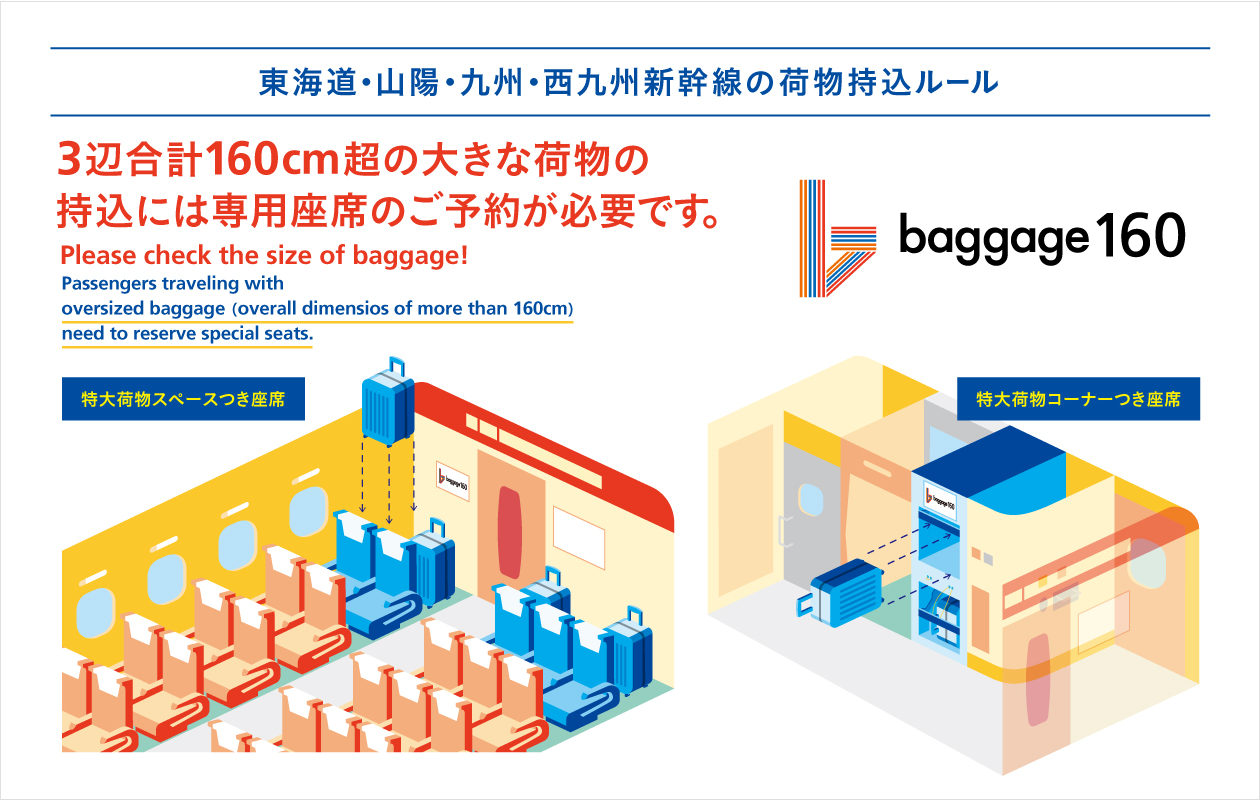The Shinkansen is the pride of Japan’s high-speed rail network, enabling travelers to swiftly traverse the entire country and experience its diverse culture and landscapes in a short time. However, for first-time visitors to Japan, especially those planning to travel by Shinkansen, purchasing tickets and boarding can pose a challenge.
What is Shinkansen

From Wikipedia:Shinkansen)
Currently, there are 10 Shinkansen routes officially operating in Japan (8 regular routes and 2 mini Shinkansen routes). The Hokuriku Shinkansen, Hokkaido Shinkansen, and West Kyushu Shinkansen are only partially in operation.
Japan Pocket Wifi Rental
UNLIMTED DATA SIM CARD
Japan Travel Prepaid SIM card
| Name | Starting Point | End Point | Kilometers | Number of Stations | Opening Date | Operating Company |
|---|---|---|---|---|---|---|
| Hokkaido Shinkansen | Shin-Aomori Station | Shin-Hakodate-Hokuto Station | 148.8 km | 4 | March 26, 2016: Shin-Aomori Station – Shin-Hakodate-Hokuto Station | |
| Tohoku Shinkansen | Tokyo Station | Shin-Aomori Station | 713.7 km | 23 | June 23, 1982: Omiya Station – Morioka Station March 14, 1985: Ueno Station – Omiya Station June 20, 1991: Tokyo Station – Ueno Station December 1, 2002: Morioka Station – Hachinohe Station December 4, 2010: Hachinohe Station – Shin-Aomori Station | |
| Joetsu Shinkansen | Omiya Station | Niigata Station | 303.6 km | 10 | November 15, 1982 | |
| Hokuriku Shinkansen | Takasaki Station | Jomo-Kogen Station | 176.9 km | 8 | October 1, 1997: Takasaki Station – Nagano Station March 14, 2015: Nagano Station – Jomo-Kogen Station | |
| Jomo-Kogen Station | Kanazawa Station | 168.6 km | 6 | March 14, 2015: Jomo-Kogen Station – Kanazawa Station | ||
| Akita Shinkansen (mini) | Morioka Station | Akita Station | 127.3 km | 6 | March 22, 1997 | |
| Yamagata Shinkansen (mini) | Fukushima Station | Shinjo Station | 148.6 km | 11 | July 1, 1992: Fukushima Station – Yamagata Station December 4, 1999: Yamagata Station – Shinjo Station | |
| Tokaido Shinkansen | Tokyo Station | Shin-Osaka Station | 552.6 km | 17 | October 1, 1964 | |
| Sanyo Shinkansen | Shin-Osaka Station | Hakata Station | 644.0 km | 19 | March 15, 1972: Shin-Osaka Station – Okayama Station March 10, 1975: Okayama Station – Hakata Station | |
| Kyushu Shinkansen | Hakata Station | Kagoshima-Chuo Station | 288.9 km | 12 | March 13, 2004: Shin-Yatsushiro Station – Kagoshima-Chuo Station March 12, 2011: Hakata Station – Shin-Yatsushiro Station | |
| West Kyushu Shinkansen | Takeo-Onsen Station | Nagasaki Station | 69.6 km | 5 | September 23, 2022: Takeo-Onsen Station – Nagasaki Station |
Note: If you’re traveling from Osaka to Hokkaido, you’ll need to transfer in Tokyo as the Tokaido Shinkansen and Tohoku-Hokkaido Shinkansen are not directly connected.
Japanese Shinkansen Train Cars and Seats
Shinkansen tickets typically consist of a combination of a basic fare ticket and a super express ticket. The basic fare ticket covers the fare from the departure station to the destination, while the super express ticket is the service charge for riding the Shinkansen, which offers faster travel than regular trains over the same distance. When people refer to the three types of seats on the Shinkansen, they are usually referring to the types of super express tickets available: unreserved seat super express ticket, reserved seat super express ticket, and green car super express ticket.
Unreserved Seats

Unreserved seat tickets do not specify a seat or departure time. You can occupy any available unreserved seat on any Shinkansen train on the same day. However, there is a possibility that you may have to stand during the entire journey.
Dedicated cars are designated for unreserved seats, and passengers with unreserved seat tickets are not permitted to enter reserved seat or other cars.
Reserved Seats

Reserved seat tickets specify the specific Shinkansen train, departure time, and seat. With a reserved seat ticket, you are guaranteed to have a seat. However, if you miss the departure time, your reserved seat will automatically become an unreserved seat, and you won’t be guaranteed a seat on the next train.
Starting from the end of 2023, the “Kibo/Nozomi” service on the Tokaido and Sanyo Shinkansen lines will no longer offer unreserved seats during busy periods. Busy periods include the New Year holidays (around December 28 to January 4), Golden Week (around April 29 to May 6), and the Obon Festival (around August 11 to 17), which are three major holiday seasons in Japan.
Differences Between Unreserved and Reserved Seats
The main difference is that unreserved seat tickets have no restrictions; you can board any Shinkansen on the same day, but there may not be available seats. Reserved seat tickets, on the other hand, specify your seat, train, and departure time, ensuring you have a seat when you board.
Whether you purchase an unreserved seat super express ticket or a reserved seat super express ticket, the price of the corresponding basic fare ticket is the same. Typically, during regular periods, the price of a reserved seat super express ticket is 530 yen more than that of an unreserved seat super express ticket.
| Unreserved Seats | Reserved Seats | |
|---|---|---|
| Advantages | ・Can ride any train at any time on the same day ・Price remains the same regardless of the travel date | ・Guaranteed seat with a specified seat |
| Disadvantages | ・Possibility of having to stand for the entire journey | ・Missing the train forfeits the right to the reserved seat (Can still ride in unreserved seats on subsequent trains) |
Green Car (First Class)
In addition to unreserved and reserved seats, the Shinkansen offers another type of seating known as the Green Car, which is identifiable by the four-leaf clover symbol displayed on the corresponding cars. Regular Shinkansen cars, where unreserved and reserved seats are located, typically feature a seating arrangement of 5 seats per row: 2 on one side and 3 on the other. In contrast, Green Cars have 2 seats on each side, providing wider seats with larger armrests and more space between them. All Green Cars are equipped with ergonomic seats for added comfort.

Depending on the specific train, some Shinkansen Green Cars also offer amenities such as wet towels, blankets, and magazines. Additionally, some cars are equipped with footrests, and the seats can recline further compared to those in regular cars.
Green Car seats come at a higher price than regular seats. When purchasing a Green Car ticket, you are required to buy both the basic fare ticket and the Green Car super express ticket. For example, for a trip from Tokyo to Osaka on the Hikari Shinkansen, a Green Car ticket costs approximately 5,000 yen more than a reserved seat ticket.
Gran Class

(Image source: Wikipedia: グランクラス)
In addition to the aforementioned seating options, the E5 and H5 series trains on the Tohoku and Hokkaido Shinkansen lines, as well as the E7 and W7 series trains on the Hokuriku and Joetsu Shinkansen lines, have introduced a premium seating class known as “Gran Class” (グランクラス). The term “Gran” is derived from the French word “Grand,” combined with the English word “Class,” signifying a higher-class category than the Green Car.
“Gran Class” offers only 18 seats per train, arranged in a 2+1 seating configuration, providing larger individual areas per passenger for greater comfort. The seats are equipped with essential amenities such as slippers and blankets. Dedicated staff provides various services, and passengers can enjoy complimentary Japanese or Western-style light meals, akin to first-class service on the Shinkansen.
To access “Gran Class” seating, passengers must purchase a basic fare ticket, a super express ticket, and an additional “Gran Class” ticket.
How to Purchase Shinkansen Tickets in Japan
Online Reservations and Ticket Purchase on JR Official Websites
You can make online reservations and purchase Shinkansen tickets through dedicated Shinkansen ticket websites on various JR company’s official websites. When you purchase tickets online, you might sometimes find exclusive discounts on Shinkansen tickets.
Here are the websites for JR companies:
- JR East Japan / JR Hokkaido Ekinet
- JR Tokai Express Reservation
- JR Tokai / JR West Japan SmartEX
- JR West Japan / JR Shikoku e5489
- JR Kyushu Internet Reservation
Purchase Tickets at JR Stations
Purchase at JR Station Counters
The most straightforward method of purchasing Shinkansen tickets is to buy them at manned counters located within train stations.

At larger JR stations, you can locate the ticket counter, known as “きっぷうりば” (kippu-uriba), or the “みどりの窓口” (Midori no Madoguchi), which is the green window. Simply inform the staff of your destination and travel date, and they will assist you in selecting suitable train options. Even if you’re not fluent in Japanese, you can communicate by pointing to the word “新幹線” (Shinkansen) and indicating your destination. Some stations have multilingual staff who can assist you in various languages.
When purchasing tickets at manned counters, you can make payment using Japanese yen in cash or credit cards. If you’re unfamiliar with online reservations, automated ticket machines, or the specific ticketing process for the Shinkansen, it’s advisable to utilize the manned counters. This approach minimizes potential difficulties you may encounter.
Purchase at JR Station Ticket Vending Machines

At major JR stations, you can find dedicated ticket vending machines for purchasing Shinkansen tickets. These machines are usually located near the counters or alongside ticket machines for regular train services.
Tickets and Shinkansen Special Tickets
A ‘乗車券’ (Joshaken), or boarding ticket, covers the basic fare for your journey, while a ‘新幹線特急券’ (Shinkansen tokkyu ken/Shinkansen special ticket) is an additional charge specifically for riding the Shinkansen. In essence, when traveling on the Shinkansen, you are required to pay both the ‘basic fare’ and the ‘Shinkansen special fee.’

Similar to regular train travel, riding the Shinkansen entails paying a ‘basic fare’ determined by the distance traveled. This concept remains consistent for Shinkansen journeys.
What distinguishes the Shinkansen from regular trains is its notably higher speed and enhanced onboard services. To account for these additional features, passengers must pay an extra fee known as the ‘Shinkansen special fee.’
These two fees are paid separately using two distinct tickets: the ‘乗車券’ covers the basic fare, while the ‘新幹線特急券’ covers the Shinkansen special fee. You can think of it as follows:
- 乗車券 = Basic Fare
- 特急券 = Fee for High-Speed and Extra Services on the Shinkansen
Ticket inspections are conducted onboard the Shinkansen. Passengers found without either the ‘乗車券’ or the ‘新幹線特急券’ may be required to purchase one during the journey.
In some cases, both the ‘乗車券’ and the ‘新幹線特急券’ are combined into a single ticket. These tickets are labeled ‘乗車券・新幹線XX席特急券’ at the top, indicating that the fare for both components is covered in one ticket.

New Luggage Rules for the Tokaido, Sanyo, Kyushu, and West Kyushu Shinkansen

Image source: JR Central
If you’re traveling on the Tokaido, Sanyo, Kyushu, or West Kyushu Shinkansen, you need to be aware of recent changes in luggage regulations.
If a passenger is carrying luggage with a total of three dimensions exceeding 160cm but less than 250cm, they need to make an advance reservation for special seats designed for oversized baggage. These seats are usually at the rear and provide space behind the seats for luggage storage or have dedicated luggage storage areas.
If the total dimensions of the luggage exceed 250cm, it cannot be taken on the train, regardless of whether a reservation was made.
For more details, you can visit the website here.
Can I Ride the Shinkansen with Suica/ICOCA and Other IC Cards?
This issue has been a topic of discussion within Japan as well. Many Japanese residents have questioned why they cannot use Suica, ICOCA, or other IC cards to ride the Shinkansen. In recent years, JR companies have gradually introduced methods that allow passengers to use IC cards to ride the Shinkansen. However, due to various limitations, for foreign tourists visiting Japan who may not be familiar with Japanese railway transportation and the language, purchasing paper tickets is the simplest and least error-prone method.
Can I use Suica Card to ride the Shinkansen in Japan?

GetAround Japan is your number one travel guide, providing the latest information on visiting and living in Japan, with tips on what to eat, things to do, and places to stay.
Whether you’re planning for a trip far in the future, or already in Japan in need of some fresh ideas, our archive of posts will help you find the best way to fill your time and get the most out of your travel experience.
We provide you updates on serious policies that affect visitors and foreign residents while also keeping things light and fun with articles on quirky trends and pop culture.
How do we know how to provide visitors the information they need? Our affiliate company CDJapan Rental provides WIFI and Sim Card rentals to thousands of visitors to Japan every year. In other words, we are constantly in touch with and listening to the voices of our customers, and infuse our blog with the information they ask us for.
For inquiries, contact us here
=Company Information=
CDJapan Rental (Neowing Corporation) 1-10-15-3F Nihonbashi Horidome Chuo, Tokyo 103-0012, Japan
Japan Pocket Wifi Rental
UNLIMTED DATA SIM CARD
Japan Travel Prepaid SIM card




